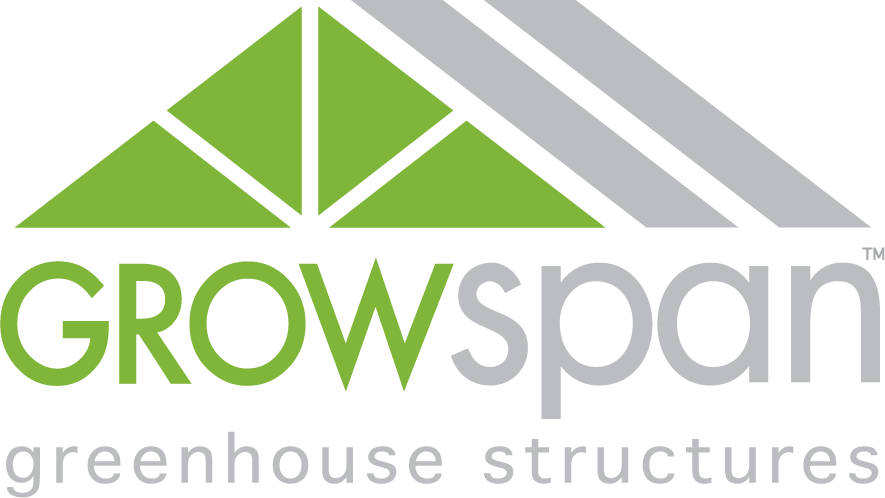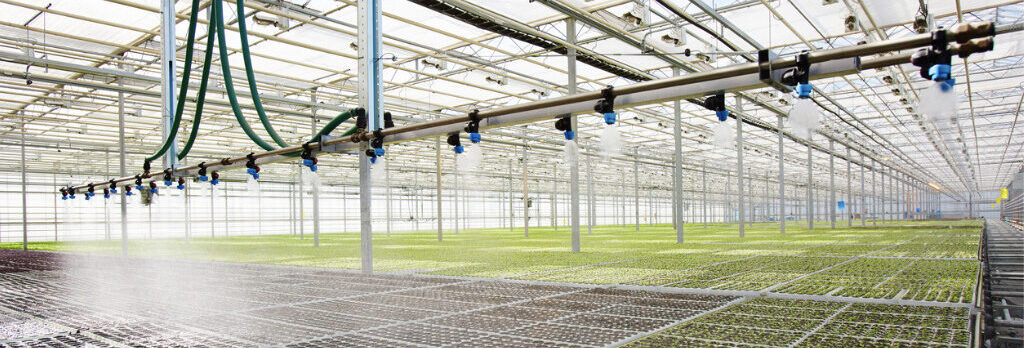Understanding Your Greenhouse Watering System And Irrigation Management
Most growers know that in any commercial operation, an effective greenhouse watering system is one of the keys to a successful harvest. In addition to greater crop development, the right greenhouse irrigation system will help growers with a number of other factors, leading to increased profits.
However, acquiring the best greenhouse watering system isn’t always simple. The needs of every operation are different, so it’s important for growers to understand their options, and work with industry professionals who will help them get the most potential out of their crops.
By connecting with a Greenhouse Specialist from GrowSpan, growers can design and integrate a greenhouse watering system that is devised specifically for their structure. This will help optimize water supply usage, limit waste, and promote consistent, healthier yields that facilitate long-term success.
With help from experts, growers can better understand how to manage their irrigation, and start making the best choices for their specific needs to create a more efficient, profitable operation.
WHY IS IRRIGATION WATER MANAGEMENT IMPORTANT?
Along with other forms of environmental control, effective management of a greenhouse watering system is critical to an operation’s success. When implemented correctly, irrigation allows growers to optimize performance, without significantly raising their overall expenses.
Irrigation water management has several primary benefits:
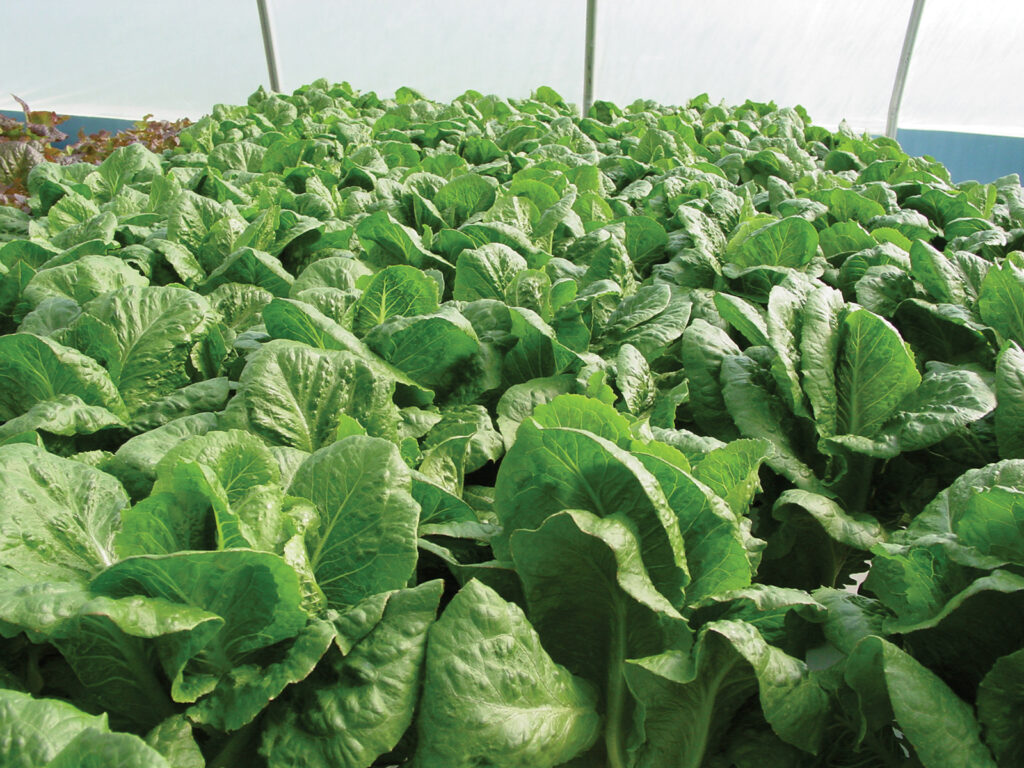
- Reduced Labor and Operating Costs – For many commercial operations, irrigation water management will likely include some form of automation. An automated greenhouse watering system helps reduce labor requirements, allowing for uniform watering, without requiring growers or workers to tend to their setup daily.
With an automated irrigation system, growers can also significantly decrease their utility costs, and the amount of water they waste. Through precise, uniform irrigation, watering only occurs when it needs to, and plants get the exact amount they need to thrive.
- Improved Yield Size and Crop Quality – Consistent and uniform irrigation is a staple of an effective greenhouse watering system. Through best practices, growers can set their irrigation system up for optimized water delivery and help their crops thrive. Regulated watering will also promote a properly aerated system and healthier root development, mitigating the risk of disease.
- A Plan For Peak Use – If growers are managing their irrigation system and water supply correctly, they will have a plan for the time of year where they use the most water, ensuring they have an ample amount to keep crops healthy. This peak-use period is typically in the summer when solar radiation has far more impact on water consumption. During the hottest temperatures, growers should have 0.3 to 0.4 gallons available per square foot of growing area each day.
CHOOSING A GREENHOUSE WATERING SYSTEM
When growers decide on which greenhouse watering system to implement in their structure, they have a number of options to choose from. Different delivery methods suit various applications, so growers should gauge the needs of their desired crop type before finalizing a decision.
Drip irrigation has become one of the most widely utilized delivery methods for a commercial greenhouse watering system. By using thin tubing, water is supplied directly to a growing medium in specified amounts. This requires minimal labor and delivers water where it matters most, without affecting other aspects of the greenhouse environment, like humidity.
Manual irrigation, or hand watering, is widely considered uneconomical, because it is painstaking and only marginally cheaper than other systems, which can typically be automated. An automated greenhouse watering system is going to offer growers far more precision and efficiency than manual irrigation.
While seeking out their ideal greenhouse watering system, some growers may opt for a sprinkler setup. For crops that can stand wet foliage, overhead sprinklers offer an adequate irrigation method in a greenhouse grow.
In this approach, pipes are installed above the crops, and nozzles are added to cover all growing space. The wide spray of water can have a positive impact on the micro-climate around the crops, as well as provide a solution when low air humidity is an issue.
Still, this wide range of spray also means that uniformity can be a challenge. With crops that create denser canopies, a sprinkler system has been known to lack efficiency and result in excess runoff.
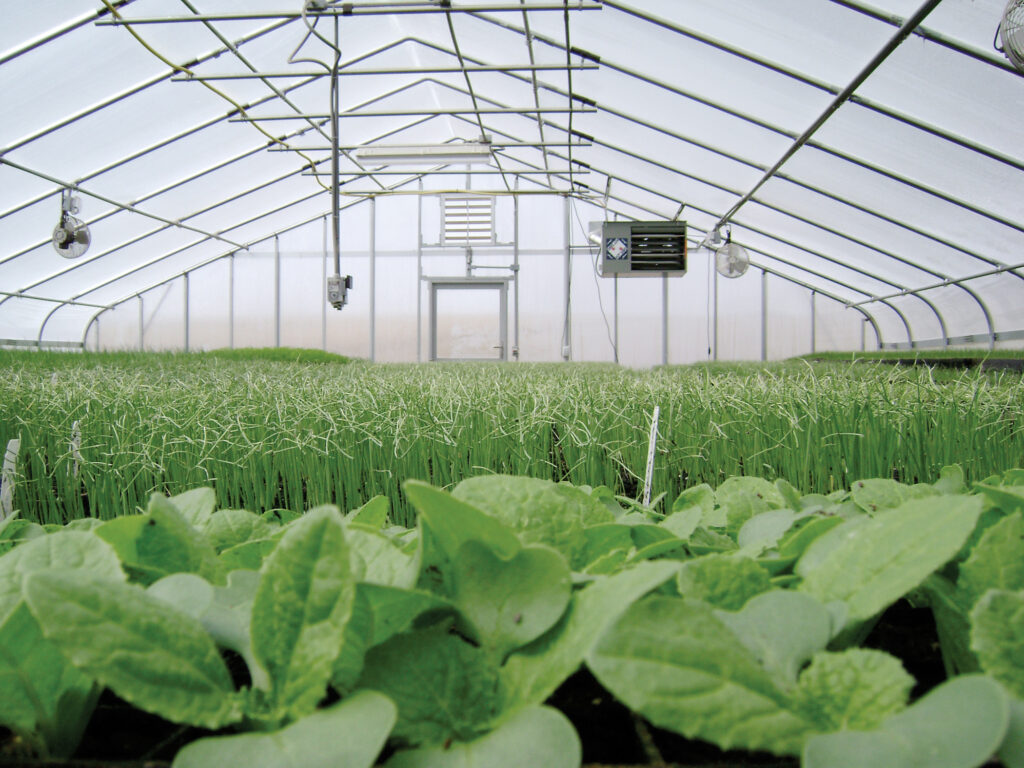
Boom watering, a similar system to sprinklers, features a large boom that runs from one side of a greenhouse bay to the other, and is driven by a motor to deliver water to crops from above. Water booms are popular for large-scale monocrop productions and generating seedlings grown in plug trays. They allow for more uniformity than a greenhouse sprinkler, providing even coverage of the canopy, and can be programmed to spray at different speeds to meet different crop requirements.
While water booms do save growers money on labor costs, they require a high initial investment to implement them. Water boom equipment must also be suspended from a truss or greenhouse frame capable of supporting it, so this greenhouse watering system is only appropriate for stronger, more expansive structures.
Misting systems, another overhead greenhouse watering system, give growers the ability to apply high volumes of water through very fine droplets. This has become a suitable irrigation method, particularly in germinating chambers and rooting stations.
With mist fogging, growers will have to account for the added humidity that gets released into the greenhouse air, similar to a sprinkler system. This method also requires an extremely efficient filtering system to avoid clogging, as well as the installation of a high-pressure line for consistent, sufficient watering.
Growers have the option of implementing hydroponics throughout their greenhouse as well. This production method delivers water to crops with no growing medium, and can be applied in different ways, one of the most common being Ebb and Flow. For more information on Ebb and Flow systems and hydroponic greenhouses as a whole, read this previous blog from GrowSpan.
Which Irrigation Method Is The Most Efficient?
Drip irrigation is generally considered the most efficient greenhouse watering system. Through this method, water is delivered slowly and accurately to growing media, ensuring crops get water supplied directly to their root zone. To learn more about the drip irrigation system and how it compares to overhead systems, view this past blog.
How Can We Reduce Water Loss In Irrigation Methods?
An effective greenhouse watering system, along with proper management, goes a long way towards reducing water loss during irrigation. Combined, these two factors can help growers significantly decrease crop water requirements.
Growers can also make deliberate efforts to conserve their water supply. Through wastewater capture and water recycling, growers can reuse water, as well as reduce the amount of wastewater leaving their greenhouse and impacting the surrounding environment.
Automation continues to be the ultimate tool for reducing water loss. With an automated greenhouse watering system and a smart controller to dictate irrigation strategy, growers can accurately measure watering durations and frequencies. This will help them use a precise amount of water, keeping their crops healthy, without being wasteful with their water supply.
Sign up now to learn more
DESIGNING AND INTEGRATING A SYSTEM INTO AN EXISTING GREENHOUSE
For growers who already have their operation set up, but are looking to integrate a new greenhouse watering system, the best course of action is to work with a Greenhouse Specialist. With assistance from experts, operations will ensure they get the best design for their greenhouse and the crops they produce.
A greenhouse watering system that’s been designed for a particular space is going to achieve the best long-term results. Without involving a Greenhouse Specialist, growers can easily end up with an irrigation setup that is wasteful, inefficient and more difficult to maintain.
There are a number of factors that affect water management and the design of a greenhouse watering system. Three of the most important are the desired style of irrigation system, the type and size of crops being produced and the impact of solar radiation on crops.
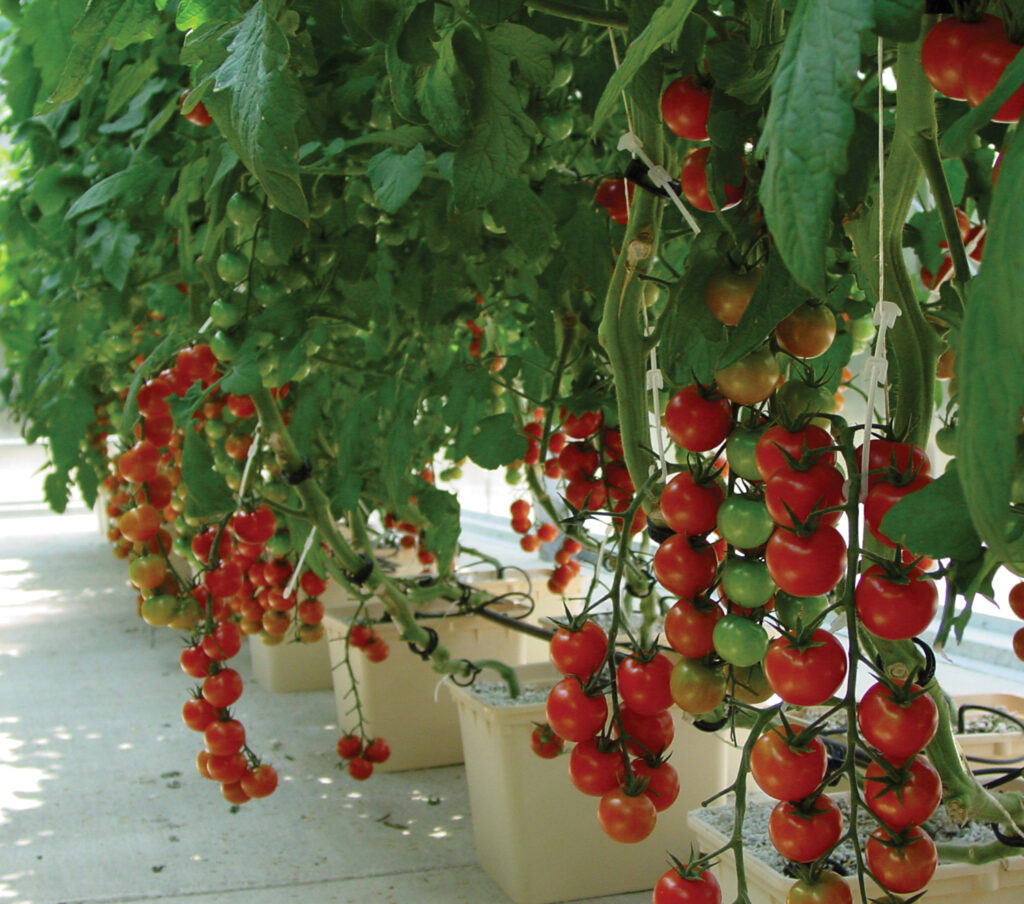
- Style of Irrigation System – A grower’s preferred delivery method will have a significant impact on how much water they use. As discussed above, one greenhouse watering system is going to vary in efficiency from other irrigation methods. Through drip irrigation, all applied water will reach the growing medium, whereas many overhead watering systems can leave water stuck at a crop’s canopy level.
- Type and Size of Crops – There will be a stark contrast in water usage between seedlings or smaller crops, and large or full-grown crops. Depending on the type of crops being grown, growers will also have different water requirements for their greenhouse watering system.
- Solar Radiation – This affects transpiration in crops, which is a primary factor in how they lose water. The amount of sun radiation that reaches a grower’s crops will largely depend on their greenhouse’s cladding. Based on the type of cladding, the material can reduce radiation by up to 40%, lowering the rate of transpiration in crops.
When it comes to delivering water to crops, growers need an effective greenhouse watering system that is designed specifically for their operation. After finding the right delivery method and having it properly integrated, growers can then employ best practices to reduce water loss, increase yields and create a more profitable operation.
To water your plants with a greenhouse watering system and improve irrigation management, call or Request a Quote today.
Related Articles
Fertigation Systems: Growers Shouldn't Overlook Fertigation
By integrating fertigation into an operation, growers are able to improve their yields and boost their profits.
The Basics Of Fertigation: How Growers Can Implement Fertigation Systems
Traditional fertilization methods can be painstaking for growers, especially those in larger commercial operations.
Growing Smarter: An Overview Of A Hydroponic Greenhouse
For growers looking to implement a hydroponic greenhouse in their operation, they’ll first need to gather information and explore all their options.
Greenhouse Irrigation And Fertigation Offer Boosts To Efficiency And Profitability
Inefficient watering leads to increased waste, poor nutrient uptake, stunted plant growth and, as a result, lower overall yield.
